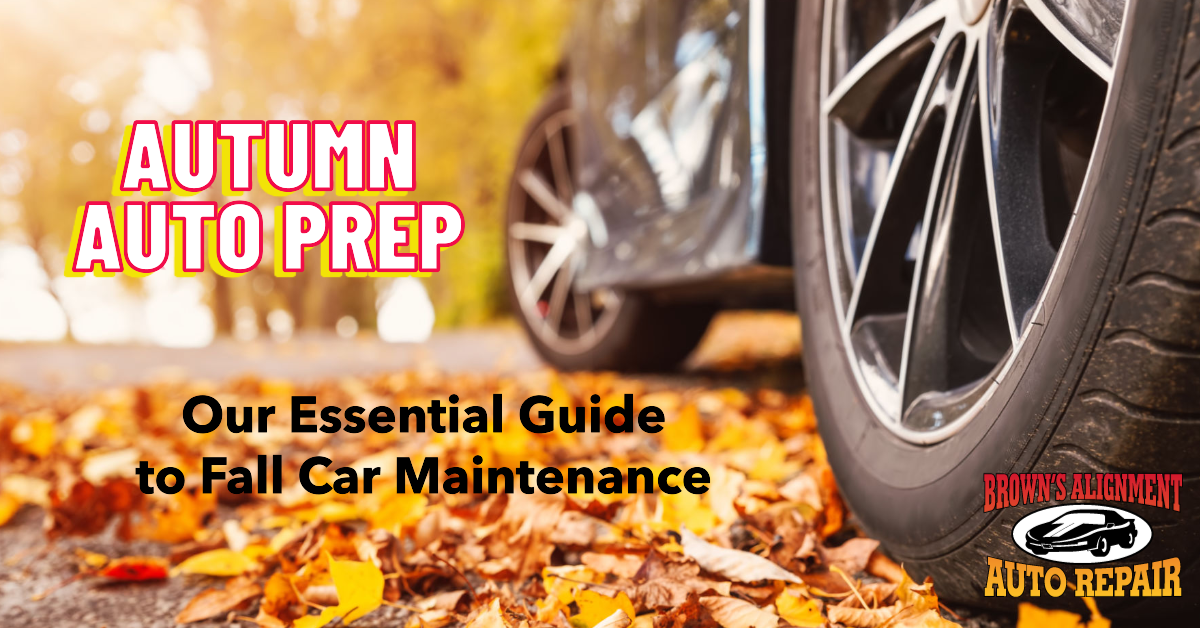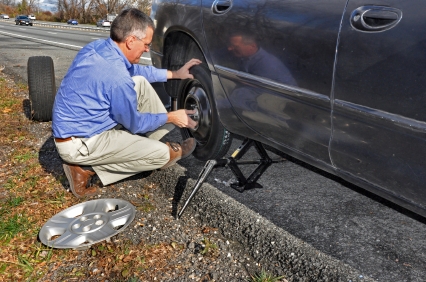 TPMS Warning Light – What it Means and What to do When it Turns on
TPMS Warning Light – What it Means and What to do When it Turns on
On vehicles equipped with a Tire Pressure Monitoring System (TPMS), this light provides drivers with an important early warning that a tire’s air pressure is outside the recommended optimal range and is either too low or too high. If you don’t recognize that light, you’re not alone, as a recent tire-industry survey found that approximately 40 percent of today’s drivers didn’t know what the light was for either.
3 Reasons your TPMS light is on
There are several reasons why a TPMS light may illuminate, and each means something different.
- TPMS light stays on while driving– there’s a problem with one or more tires’ inflation pressure that should be checked as soon as it’s safe to do so.
- TPMS light turns on and off intermittently– tire pressure is hovering between the safe and unsafe range and should be checked. Changes in air temperature frequently cause this scenario as air temperature has a direct impact on tire pressure.
- TPMS light flashes when vehicle is started and remains lit– could indicate a problem with the monitoring system itself. Have it checked by a trusted mechanic.
Tire pressure matters
Checking tire pressure and maintaining the proper level are important for vehicle handling, ride, fuel efficiency, tire wear, and load-carrying capabilities – not to mention your wallet. Under-inflated tires increase rolling resistance, which increases fuel use, and cause faster tire wear, costing you more money in the short and long run. Under-inflated tires on a vehicle hauling heavy loads can also lead to tire failure, while over-inflated tires decrease traction, increase wear, and lead to a rougher, stiffer ride.
Check tire pressure regularly, even on TPMS-equipped vehicles
It’s virtually impossible to tell if a tire is over or under-inflated simply by looking at it or judging by the vehicle’s ride. That’s why manually checking tire pressure with a tire pressure gauge at regular intervals – such as at every refueling or once a week – is so important, even on TPMS-equipped vehicles. TPMS only alerts drivers when tire pressure falls outside the recommended range, whereas manually checking pressures can indicate tire pressures that are trending in the wrong direction.
Add TPMS to your pre-trip checklist
- Determine if your vehicle is equipped with a TPMS.
- Know what the TPMS warning light looks like.
- Keep a tire pressure gauge in the vehicle.
- Check tire pressure regularly.
· Inflate tires to the vehicle manufacturer’s recommendation, not the maximum pressure listed on the tire sidewall. This info can be found in the owner’s manual or on a sticker located on or near the driver’s side door and sometimes on the door covering the fuel cap or charging port.


